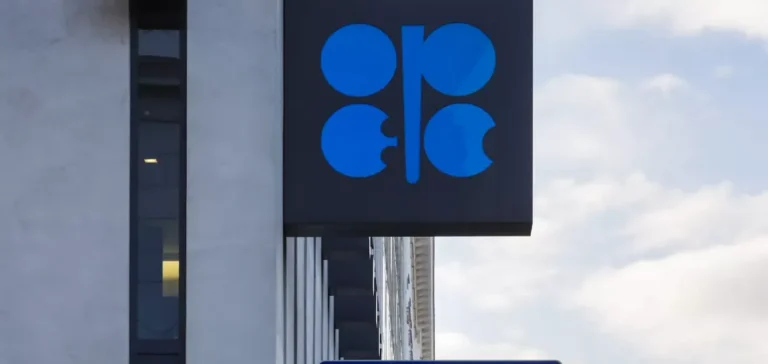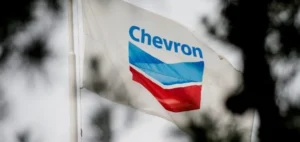The OPEC+8, comprising Saudi Arabia, Russia, Iraq, the United Arab Emirates, Kuwait, Kazakhstan, Algeria and Oman, will in September restore the final tranche of 547,000 barrels per day (b/d) of voluntary cuts introduced in November 2023. These cuts, totalling 2.2 million b/d, had been extended in December 2024 until the end of March 2025, with a gradual return of volumes starting on April 1. The agreement also includes a gradual 300,000 b/d increase in the United Arab Emirates’ quota over the same period. The September decision will mark the complete end of this progressive phase-out, while retaining the possibility to suspend or reverse the adjustment should market conditions require it.
Solid fundamentals despite surplus concerns
Since 2024, several forecasts have pointed to an oil surplus in the global market. However, data show that the additional volumes returned by the OPEC+8 have been absorbed without a notable increase in stocks in industrialised countries. Preliminary estimates put commercial stocks in the Organisation for Economic Co-operation and Development (OECD) at around 100 million barrels by mid-2025, compared to 74 million below the five-year average at the end of 2024. These levels remain low, reflecting the effectiveness of previous adjustments.
The inventory build observed this year stems mainly from non-OECD countries and seaborne cargoes, a result of Red Sea bypasses and logistical challenges for sanctioned countries. China is a major player in this build-up, according to shipping-tracking data, but the lack of official statistics makes precise measurement difficult. The motives for this storage — whether linked to energy security, commercial arbitrage or reserve-of-value considerations — are not clearly established.
The “missing barrels” issue and market structure
The gap between global oil balances, which show a surplus, and actual stock changes is often referred to as the “missing barrels” problem. As in previous episodes, this gap could result from statistical errors and be corrected by later revisions of demand or supply. The current market structure, in backwardation until 2026, supports this hypothesis by encouraging selling rather than storing, thus reducing the likelihood of massive invisible builds.
Surplus forecasts have been regularly pushed back as new data emerge. Returning the cut volumes to the market could allow OPEC+ to increase its flexibility, adjusting production from a higher level if conditions deteriorate.
Internal cohesion and quota compliance
Cohesion among members remains a central element of OPEC+ strategy since the COVID-19 crisis. The principle of “collective responsibility” requires strict quota compliance by all producers. Compensation mechanisms have been introduced to correct overproduction, while the Joint Ministerial Monitoring Committee (JMMC) oversees compliance and encourages corrective plans.
At the 39th OPEC and non-OPEC ministerial meeting in June, the secretariat was tasked with developing a mechanism to determine each member’s Maximum Sustainable Capacity (MSC) with a view to setting 2027 quotas on a proportional basis. However, some nations, such as Kazakhstan, have indicated they will not offset overproduction, making an extension of the voluntary cuts more difficult.
Actual spare capacity and market outlook
The production ramp-up has shown that some producers cannot reach their quotas, while others are already operating at full capacity. This reduces the actual additional volume compared to official announcements. Recent estimates suggest that spare capacity is more limited than previously thought and concentrated mainly in Saudi Arabia. This revision affects short- and long-term expectations in a context of persistent geopolitical tensions and sanctions impacting global supply.
The concentration of reserve capacity increases the market’s sensitivity to unexpected shocks. Middle East tensions, secondary sanctions and global logistical disruptions add to the uncertainty in which OPEC+ operates.
Pricing policy and Saudi fiscal position
Contrary to some assumptions of a market-share strategy, Saudi Arabia has not lowered its Official Selling Prices (OSP) to Asia and has in fact raised them in recent months. Saudi authorities reaffirm that the Kingdom does not target a specific market price and can absorb lower oil revenues thanks to financial reserves, low debt and favourable access to debt markets.
The International Monetary Fund (IMF) forecasts higher Saudi economic growth in 2025, supported by non-oil sector performance and the gradual lifting of production cuts. This dynamic reduces the need for the country to sustain high oil prices to balance its annual budget.
A complex balance between flexibility and discipline
OPEC+ decisions reflect a constant balancing act between market management, flexibility and maintaining internal cohesion. The phase-out of the November 2023 voluntary cuts illustrates this approach, while leaving all options open, including reversing the adjustment or going beyond the additional 1.65 million b/d cuts decided in April 2023 if needed.
In a context of high macroeconomic and geopolitical uncertainty, the alliance’s ability to quickly adjust production is a key tool. Leaders sum up this strategy by stating that the group “is not in the gambling business”, favouring decisions based on solid data rather than speculative expectations.






















